Back to School Series: Helping Children Relax After School
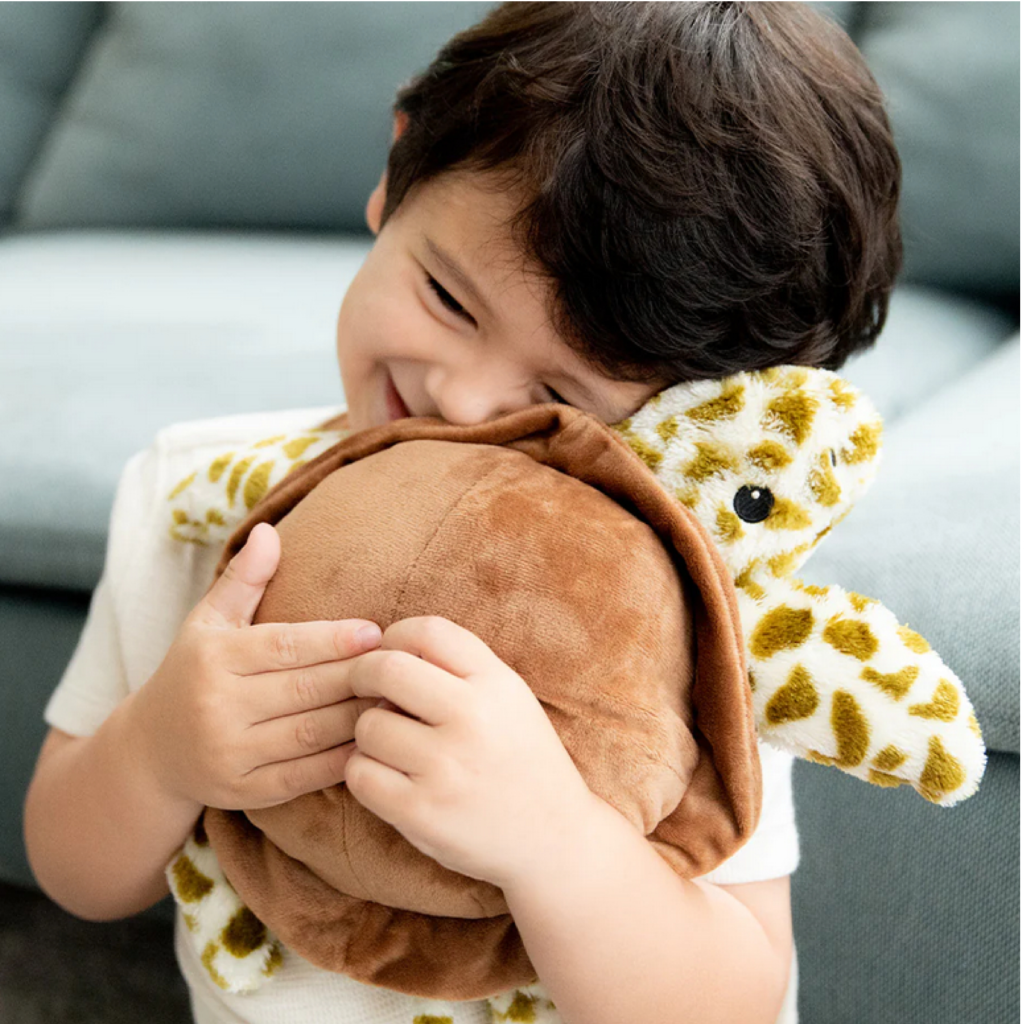
Is back-to-school stressing your kid out? Here are ways to help your child decompress after long schooldays.
It’s every parent’s dream to hear how well behaved and cooperative their child is at school during the day. That same parent might be surprised, then, to find their child hyperactive, resistant, and cranky once they get home. What’s the deal with that? the parent might wonder. Is this the same kid?
Parents may be surprised and taken aback at their children’s seemingly bad attitudes following a day at school. But it’s not uncommon for otherwise good children to “act out” when they arrive home after school.
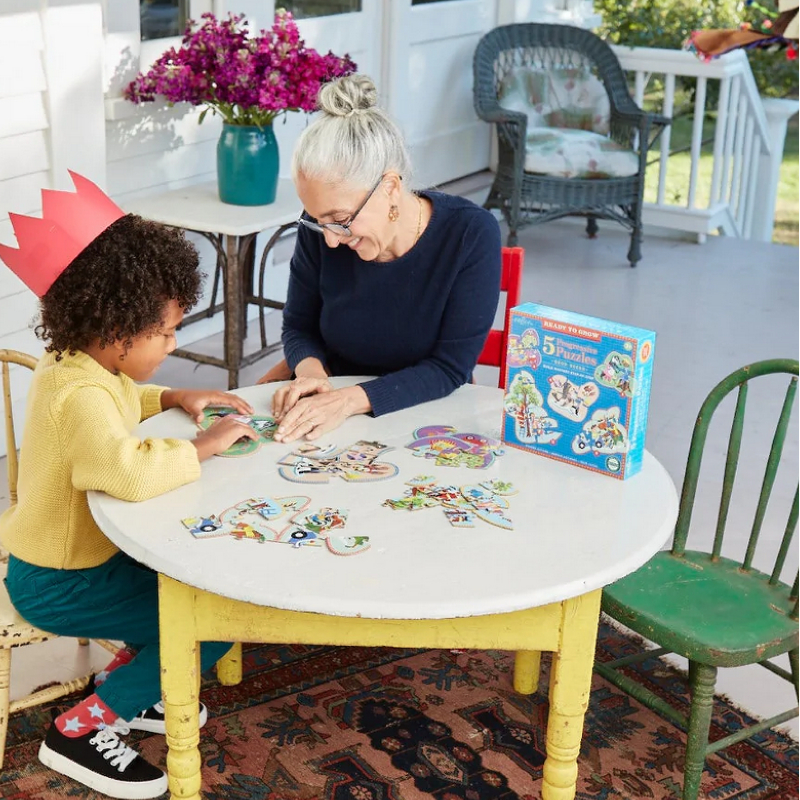
This pattern of behavior is called restraint collapse. The phrase refers to the release of built-up emotions, frustrations, and fears that a child feels they aren’t able to display at school. These feelings finally come out in a torrent when they are back in a comfortable safe space like their home.
Adults experience this as well. (Think about coming home after a long day of work and ranting to your partner, friend, or family member.) However, children don’t have the coping techniques that adults use to process these emotions. They can end up feeling even more out-of-control and misunderstood, especially if caregivers treat them like they’re being “bad”. Instead, they may need help relaxing or releasing tension after their button-up behavior at school.
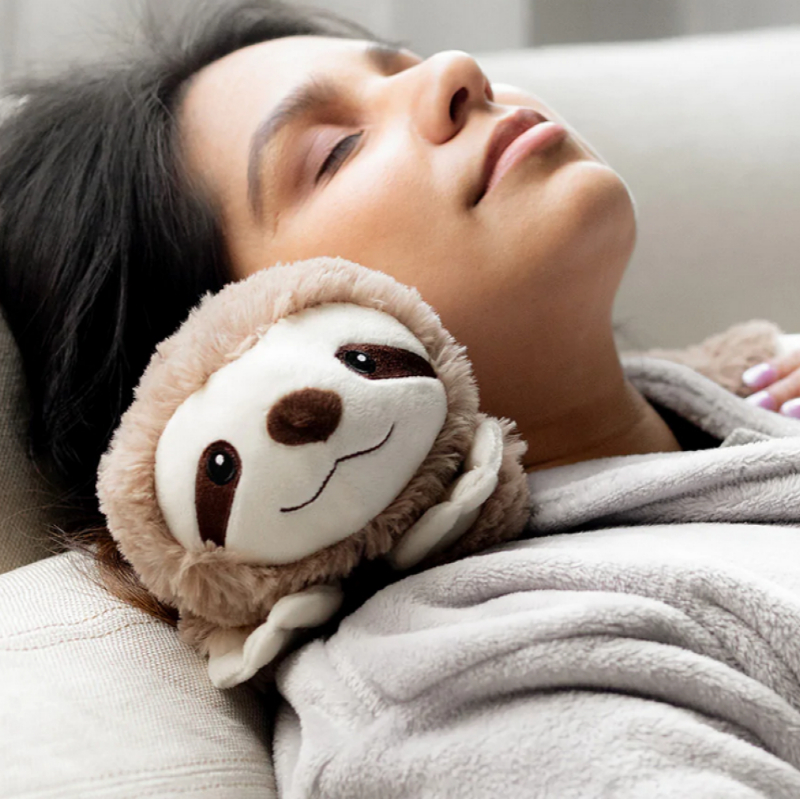
The good news is that parents and caretakers can help children develop post-school routines for relaxing after school. Below are some tips for providing support, space, and safety for your child so they can destress and mitigate restraint collapse behavior.
Let them talk about their day
Adults have to remember that children are dealing with as much as they’ve ever dealt with before. Their lives can feel full and confusing, even if we see their lives as simple and easy. After a school day, a child may be processing a lot of new information. One way to help a child unwind after school is to let them share what they’re thinking about.
Offer your child a few open-ended questions about their day. Let them describe the high points, low points, and everything in between. While some parents may want to teach their kids to “see the bright side,” it’s important to let your child own their emotions. If you try to correct them or impose a specific opinion about their day, you’ll end up talking over them.

Instead, let your child lead the conversation. Make them feel heard with simple, affirming statements like, “I can see how that would be scary,” or “That does sound like a confusing situation.” Often, talking about what’s on their mind can help a child release some of their post-school stress.
Keep in mind that some children won’t immediately be ready to share about their day. If you ask questions and your child doesn’t seem in a talking mood, respect their need for silence. They may come to you later ready to talk.

Provide snacks
When our bodies are running low on energy, it’s easy for emotions to get out of hand. Providing snacks is a quick, easy way to help your child relax after school. Have a few options prepared and place them where the child can reach them so they can nibble when they’re ready.
Afterschool snacks don’t have to be elaborate. Cut fruit and vegetables are easy-to-eat and hydrating, and provide a satisfying crunch. Yogurt cups, Jello-O, cheese slices, and applesauce are nutritious options for children who are sensitive to crunchy consistencies.
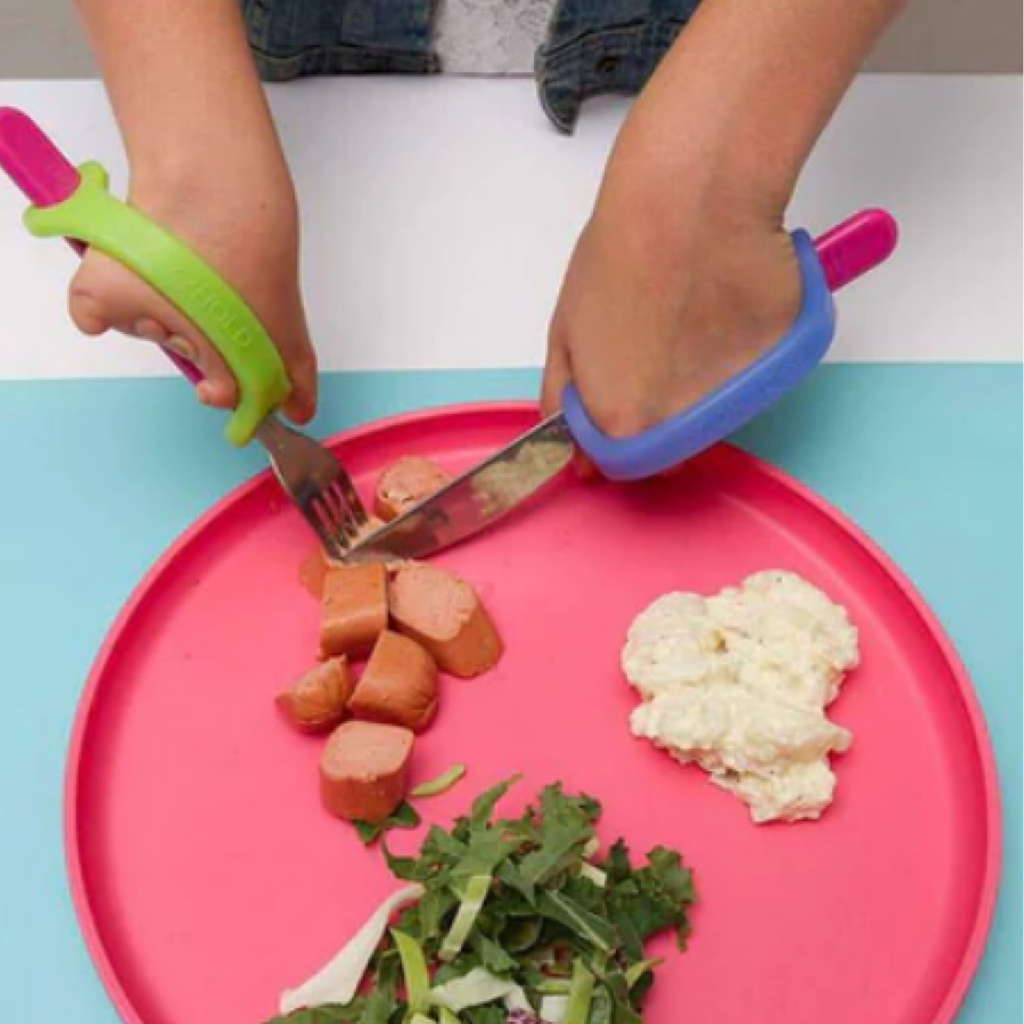
Schedule free time
A large component of school is how to follow rules and complete tasks. These are wonderful things to learn, but even adults know that it’s exhausting to be task-oriented all the time. If your child seems tired, resist the urge to sit them down to do homework right away. They may need time to unwind after school by doing an activity of their own choosing, or to do nothing at all.
Let your child pick from a handful of low-tech, quiet activities before they are required to do any other tasks. These can include puzzles, coloring books, construction sets like Legos or Plus-Plus sets, or any number of other activities that fit your child’s interests and needs. (We’ve also written previously about how arts activities can improve children’s mental health.)
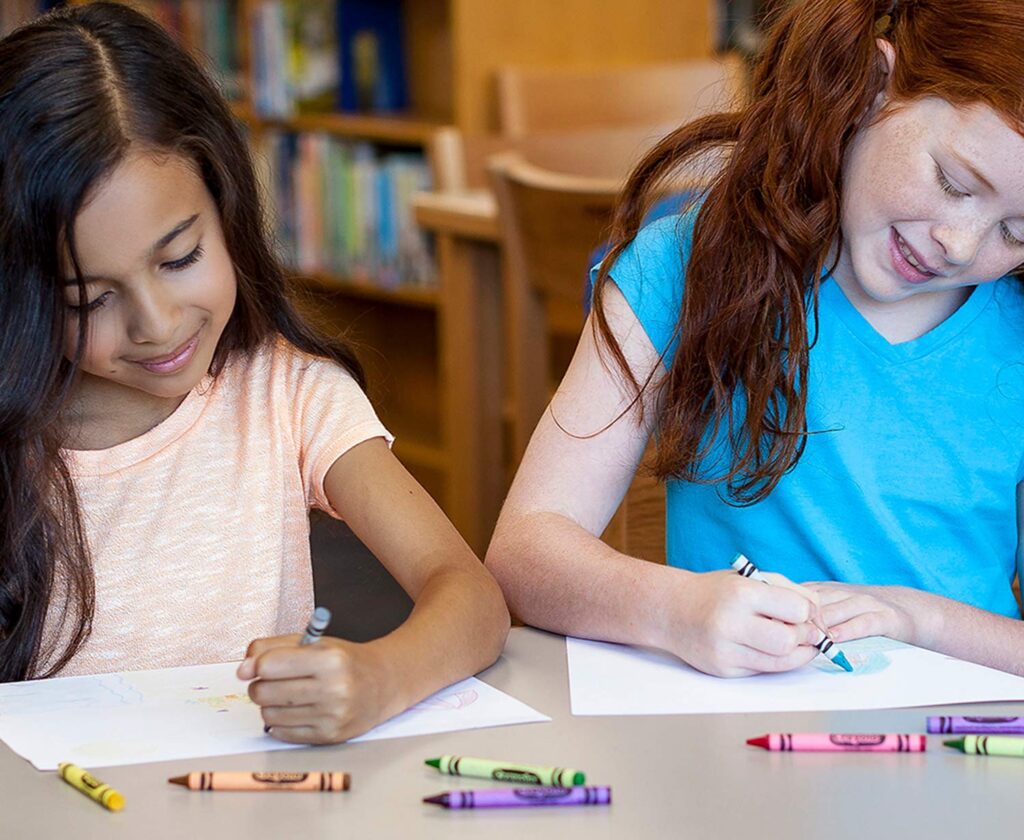
Screened devices almost always contribute more stimulation than de-stimulation. If possible, restrict your child’s access to screens during their free time so that their minds can fully unwind.
Provide a quiet, unstimulating space
With dozens of other children, myriad activities, and class after class of new information, school is by definition a stimulating environment. Some children may simply need a break from all the sensory input when they get home. If you have the space available, help your child destress after school by setting up a clutter-free, low-stimulus area where your child can go for an input break

If your house doesn’t have surplus room, you can offer your child a sensory break by providing them with noise-blocking ear plugs, tinted sunglasses, or a heavy blanket that they can use to create a sensory-deprivation cocoon for themselves. Full-body pods or sensory-free tents can also provide a calming space.
Be patient and supportive
Remember that your child is young and less experienced than you are. You may think, What’s there to be stressed about? But, their coping and processing skills are not fully yet developed. Simple stresses can lead to meltdowns. Be patient with your child as they go through this. Rushing them or guilting them won’t help them avoid future collapse – in fact, it may just reaffirm all the things making them feel bad in the first place.
